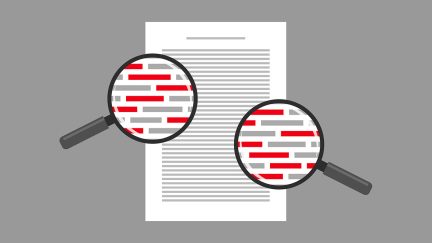Want the latest retirement plan adviser news and insights? Sign up for PLANADVISER newsletters.
Compliance October 20, 2011
IRS Announces Pension Plan Limitations for 2012
The Internal Revenue
Service (IRS) announced cost of living
adjustments (COLAs) affecting dollar limitations for pension plans and other
retirement-related items for Tax Year 2012.
Reported by PLANADVISER staff
In general, many of the pension plan limitations will change for 2012 because the increase in the cost-of-living index met the statutory thresholds that trigger their adjustment. However, other limitations will remain unchanged.
Highlights of the COLAs included:
- The elective deferral (contribution) limit for employees who participate in 401(k), 403(b), most 457 plans, and the federal government’s Thrift Savings Plan is increased from $16,500 to $17,000.
- The catch-up contribution limit for those aged 50 and over remains unchanged at $5,500.
- The deduction for taxpayers making contributions to a traditional IRA is phased out for singles and heads of household who are covered by a workplace retirement plan and have modified adjusted gross incomes (AGI) between $58,000 and $68,000, up from $56,000 and $66,000 in 2011. For married couples filing jointly, in which the spouse who makes the IRA contribution is covered by a workplace retirement plan, the income phase-out range is $92,000 to $112,000, up from $90,000 to $110,000. For an IRA contributor who is not covered by a workplace retirement plan and is married to someone who is covered, the deduction is phased out if the couple’s income is between $173,000 and $183,000, up from $169,000 and $179,000.
(Cont...)
- The AGI phase-out range for taxpayers making contributions to a Roth IRA is $173,000 to $183,000 for married couples filing jointly, up from $169,000 to $179,000 in 2011. For singles and heads of household, the income phase-out range is $110,000 to $125,000, up from $107,000 to $122,000. For a married individual filing a separate return who is covered by a retirement plan at work, the phase-out range remains $0 to $10,000.
- The AGI limit for the saver’s credit (also known as the retirement savings contributions credit) for low-and moderate-income workers is $57,500 for married couples filing jointly, up from $56,500 in 2011; $43,125 for heads of household, up from $42,375; and $28,750 for married individuals filing separately and for singles, up from $28,250.
For full details on the pension plan limitations for 2012, visit http://www.irs.gov/newsroom/article/0,,id=248482,00.html.
You Might Also Like:

Required Amendments for Qualified Plans, 403(b)s Issued by IRS
Many retirement plans may need amendments to meet regulatory updates regarding required minimum distributions and SECURE and SECURE 2.0 provisions.

IRS, Treasury Explain How to Open ‘Trump Accounts’
These are the first official rules for a new kind of tax-advantaged savings account designed for minors born from 2025...

Maximum Benefit and Contribution Limits Table 2026
Maximum Benefit/Contribution Limits for 2021 through 2026, with a downloadable PDF of limits from 2016 to 2026.